India General Elections 2024: Prime Minister Narendra Modi is leading his campaign to win the 2024 Lok Sabha elections, and as the Indian political scene heats up, all eyes are on the South. At this critical juncture in Indian politics, the battleground moves towards the southern states amid a frenzy of activity and expectation.
With an eye on expanding its political footprint beyond its conventional strongholds in the North and West, Modi’s Bharatiya Janata Party (BJP) is positioning itself strategically in the run-up to the elections to seize important constituencies in the southern regions. There is a lot on the line, as the BJP needs a good performance in the South to maintain its grasp on the national leadership.
- Polls have opened in the second of the seven-phase India General Elections 2024 with 13 states voting for 88 seats in the Lok Sabha, the lower house of India’s Parliament.
- The first phase of the vote was held on April 19 in 102 constituencies across 21 states and union territories.
- The elections primarily pit the National Democratic Alliance, led by two-time Prime Minister Narendra Modi’s Bharatiya Janata Party (BJP), against the Indian National Developmental Inclusive Alliance, spearheaded by the main opposition party, the Indian National Congress.
- Voters will elect representatives to fill 543 seats of the Lok Sabha. The party or coalition that secures a majority will form the next government.
- About 969 million registered voters are eligible to participate in the world’s largest democratic exercise over six weeks. The results will be announced on June 4.
Modi wants to turn India election into a Hindu-Muslim war
As defenders of Hindu interests, Indian Prime Minister Narendra Modi and his Bharatiya Janata Party (BJP) have opted to run in this seven-phase national election.
Additionally, they have said unequivocally that safeguarding Hindu interests entails defending them against Muslims.
They claim that the opposition Congress party is working with the Muslim community to steal the money and privileges of the Hindu majority and give them to Muslims, putting them in danger.
The prime minister made a clear reference to Muslims when he said at a rally in Rajasthan on Sunday that the opposition would seize Hindu riches and give it to those “who have more children.” He continued by referring to the Muslim community as “infiltrators.”
There was indignation over Modi’s remarks in several places. The Election Commission of India (ECI) has been urged to take action against him for his hate speech by individuals and organizations from all throughout the nation.
How do Muslims in India feel about the general election?
Before the multi-stage national election that is expected to hand Prime Minister Narendra Modi’s BJP government another term in power, Muslims in India share with Al Jazeera their hopes, concerns, and opinions.
How dubious YouTube ‘news’ channels boosted Modi
With over 460 million users, YouTube’s largest market is India, where four out of every five internet users access the platform.
YouTube is becoming an increasingly popular source of news for Indians, but not all of the content is newsworthy. Several of the most well-known YouTube channels in India are spreading misinformation and inciting Islamophobia; they frequently support PM Modi and his BJP while disparaging opposition figures and opponents.
These channels are distinct since they identify themselves as “news” channels and purport to offer fact-based reporting. However, the actual situation is distinct.
How is the government formed after the election?
The lower house’s party with a simple majority of 273 seats or more is invited to form a government and appoint its prime minister. The president of India will request that the leading party attempt to form a coalition if no one party crosses that barrier.
In the past, this has resulted in days or even weeks of heated horse trading and discussions between the parties in an attempt to come to a consensus.
‘We exist’: A Himayalan hamlet, forgotten by Indian democracy
Jiten Toto, a native of Totopara in West Bengal state, says he has little faith that anything would change in India during the election. The people living in this small but distinct area of the nation believe they have been ignored for too long by the largest democracy in the world.
Approximately 75% of the estimated 1,670 Toto population is entitled to vote, making them one of the world’s smallest tribes.
Many Totos claim that politicians have consistently disregarded their issues because of their tiny number and distant location.
“Not much progress has been made toward our growth. Poor roads and subpar health care are continuing issues, according to Jiten. “After the poll, no political leader has ever visited this location to assess the state of affairs.”
When will the results be announced?
It is illegal under Indian law to publish exit poll data while an election is in progress. Hence, any indication of which way the vote is trending will only come after the last phase of voting concludes on June 1.
Formal ballot counting begins three days later on June 4, though the use of electronic voting machines means tallying will be quick. Results should be announced on the same day.

Can Modi win a historic third term?
If Modi wins, he will be only the second Indian leader to retain power for a third term after Jawaharlal Nehru, the country’s first prime minister.
The BJP controls much of Hindi-speaking northern and central India but is now trying to gain a foothold in the east and south.
Its toughest challenge in the second phase is Kerala, where voting is being held on all 20 seats.
What happened in Phase 1?
The first of the seven phases of the mammoth Indian general election took place on April 19 when 102 seats across 21 states and union territories voted.
For some states such as Tamil Nadu and Uttarakhand, elections were held on all the seats in the first phase. Key northern states including Uttar Pradesh and Bihar are voting in all phases.
According to India’s election body, the voter turnout in the first phase was 60 percent.

Which states will be voting in this phase?
Voters in the following 13 states and one union territory, totaling 88 constituencies, will go to the ballot box:
- Kerala – all 20 of the southern state’s seats
- Rajasthan – 13 of the western state’s 25 seats
- Karnataka – 14 of the southern state’s 28 seats
- Uttar Pradesh – 8 of the key northern state’s 80 seats
- Madhya Pradesh – 6 of the central state’s 29 seats
- Assam – 5 of the eastern state’s 14 seats
- Chhattisgarh – 3 of the central state’s 11 seats
- Bihar – 6 of the eastern state’s 40 seats
- Maharashtra – 8 of the western state’s 48 seats
- West Bengal – 3 of the eastern state’s 42 seats
- Tripura: 1 of the northeastern state’s 2 seats
- Jammu and Kashmir – 1 of the union territory’s 5 seats
- Manipur – parts of 1 of the northeastern state’s 2 seats, which voted in the first phase, will also vote on April 26

As Prime Minister Modi and his party aim to win the Lok Sabha, the South is the center of attention in the grand finale of the 2024 India General Elections. This election marks a turning point in India’s democratic history because of the dynamic interaction of regional dynamics, socioeconomic concerns, and political strategies in the electoral environment. The results of this election will not only influence future governance but also represent the desires and decisions of millions of Indian citizens, as the country anxiously awaits the decision. The outcome would surely have an impact on the entire country and shape Indian politics going forward, with the South emerging as a pivotal battleground.


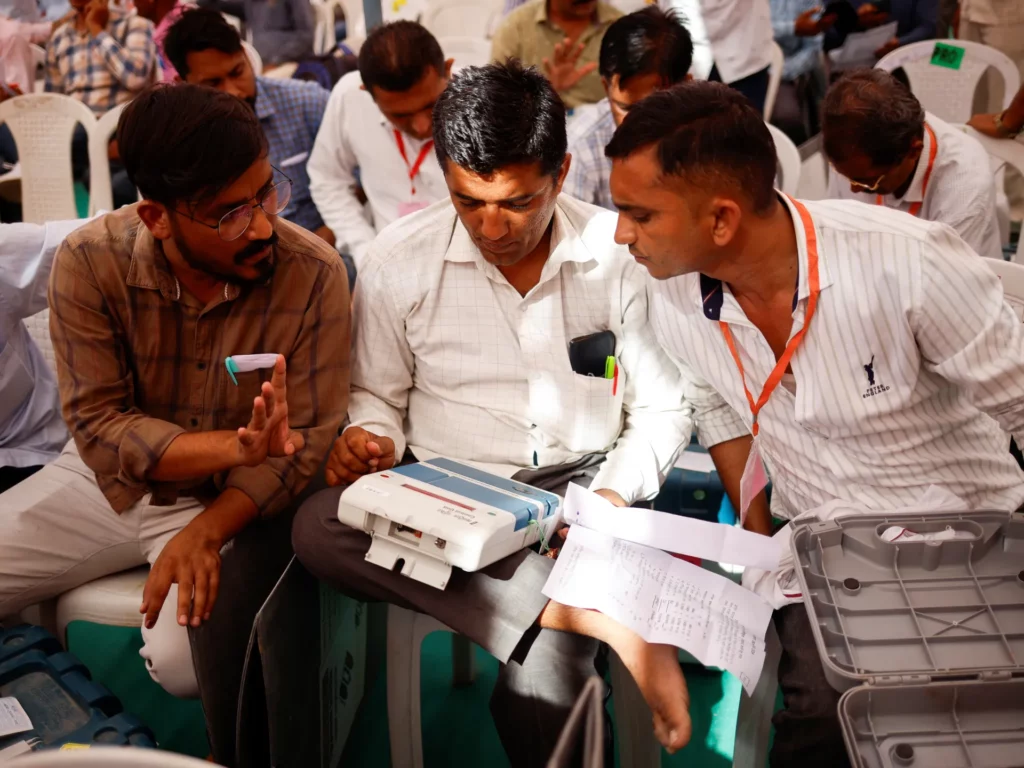
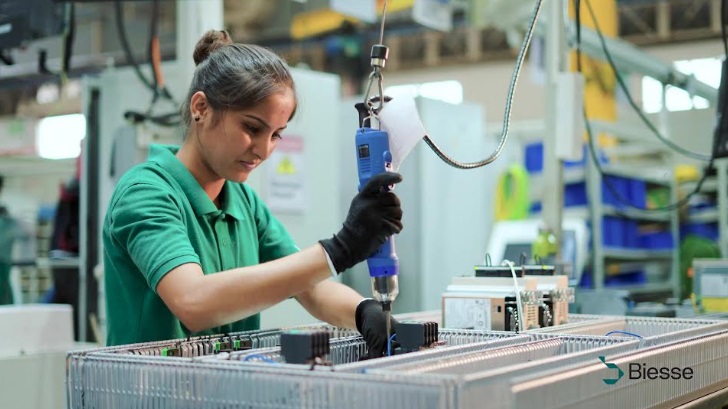
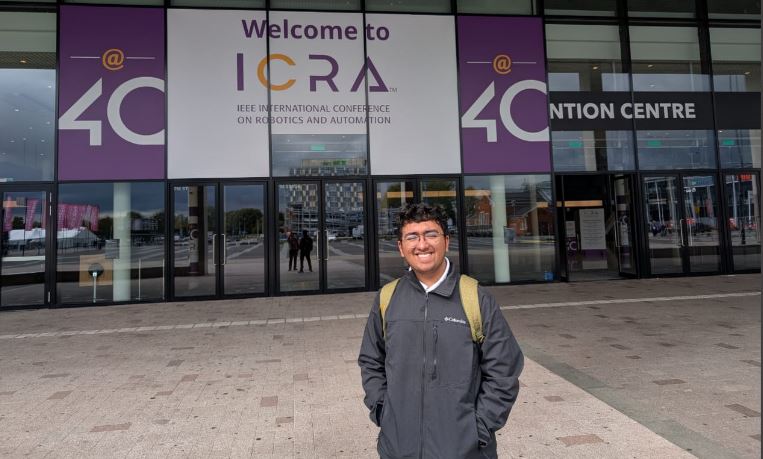
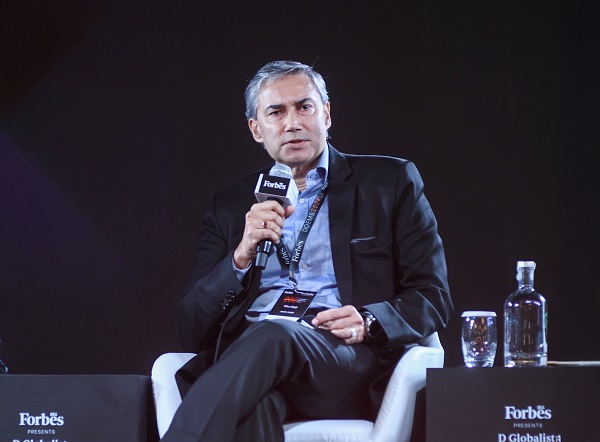
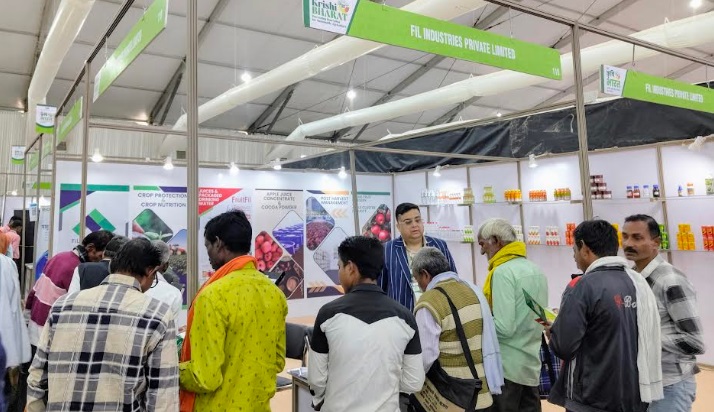
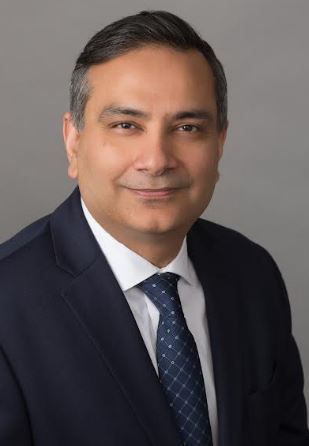
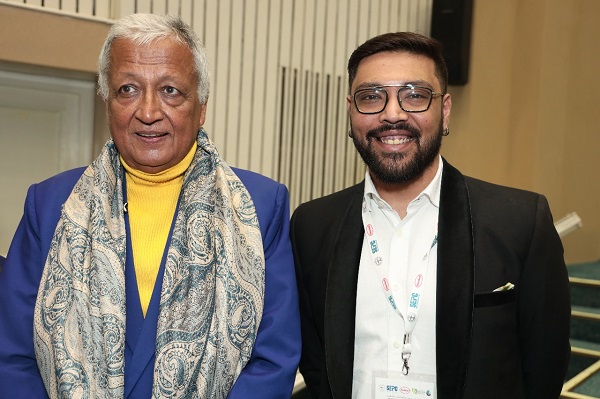







Reader Interactions